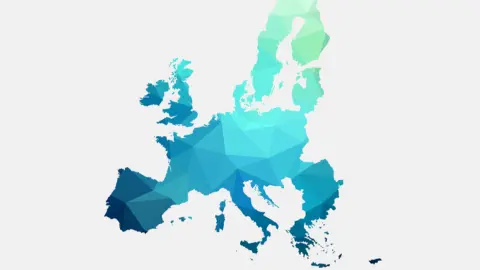Asia week ahead: Calm after the storm?
The markets may want a breather after all the volatility we've had this week, but a raft of activity data and central bank policy meetings next week are unlikely to offer much respite
North - China data dump begins
China’s October data starts to trickle down over the weekend with the release of foreign exchange reserves and exports, both due on Saturday, 7 November. It will be followed by inflation numbers and monetary indicators sometime over the course of the week – all informing about the state of the economy coming into the last quarter of 2020.
The National day holiday in October might have caused some slackening of activity, though that’s unlikely to be alarming as long as Chinese exports maintain their positive momentum. A surge in demand during the holiday should support prices, while the pre-holiday increase of liquidity in September should taper off. On balance, we expect data to to confirm the firming up of GDP growth in the current quarter.
Taiwan’s exports for October will inform on the electronics cycle. Over 10% YoY surge in Korea’s semiconductor exports bodes well. However, resurgent Covid-19 infections in key export markets of Europe and the US may well be a dampener. Korea's October labour report is expected to show unemployment ticking higher.
South – 3Q GDP releases dominate
3Q GDP reports of Malaysia and the Philippines are the key highlights in Southeast Asia. Both economies were Asia’s underperformers in 2Q and we believe that remains the case in 3Q with another double-digit year-on-year GDP decline. Malaysia will also be in the limelight as prime minister Muhyiddin Yassin’s make-or-break budget for 2021 decides the path of economic recovery ahead.
The anti-government uprisings in Indonesia and Thailand recently will probably act as a further blow to already weak economic sentiment in these countries. Look out for their consumer confidence indices for October.
In India, October CPI inflation and trade are important releases. We believe there was no material change from the persistently high inflation trend that has prevailed for most of this year. The last inflation print was 7.3% YoY and our forecast for October is 7.1%. September's export bounce was one-off and reversed in October. Weak demand dominated the negative spell on manufacturing growth as production numbers for September are likely to reveal.
RBNZ to follow RBA
The Reserve Bank of New Zealand holds its monetary policy meeting next Tuesday, 11 November. We believe the RBNZ will match the move by Reserve Bank of Australia next week and cut the cash rate from 0.25% to 0.10%. Our Australia-New Zealand watcher, Rob Carnell, sees scope for an even more aggressive move by the RBNZ.
Here is what Rob wrote in his opinion piece on Wednesday about the RBNZ policy: “The RBNZ has fewer qualms about negative rates. And this morning's news of a rise in the unemployment rate in 3Q20 from 4.0% to 5.3% provides a perfect excuse for the RBNZ's Governor Orr to match or exceed the RBA's easing yesterday. And given what has happened to both Australian and New Zealand bond yields overnight, and to their respective currencies (both stronger) Orr may see the arguments for a more aggressive move, including a foray into negative rates”.
Asia Economic Calendar

This publication has been prepared by ING solely for information purposes irrespective of a particular user's means, financial situation or investment objectives. The information does not constitute investment recommendation, and nor is it investment, legal or tax advice or an offer or solicitation to purchase or sell any financial instrument. Read more
Tags
Asia week aheadDownload
Download article
5 November 2020
Good MornING Asia - 16 November 2020 This bundle contains 3 Articles